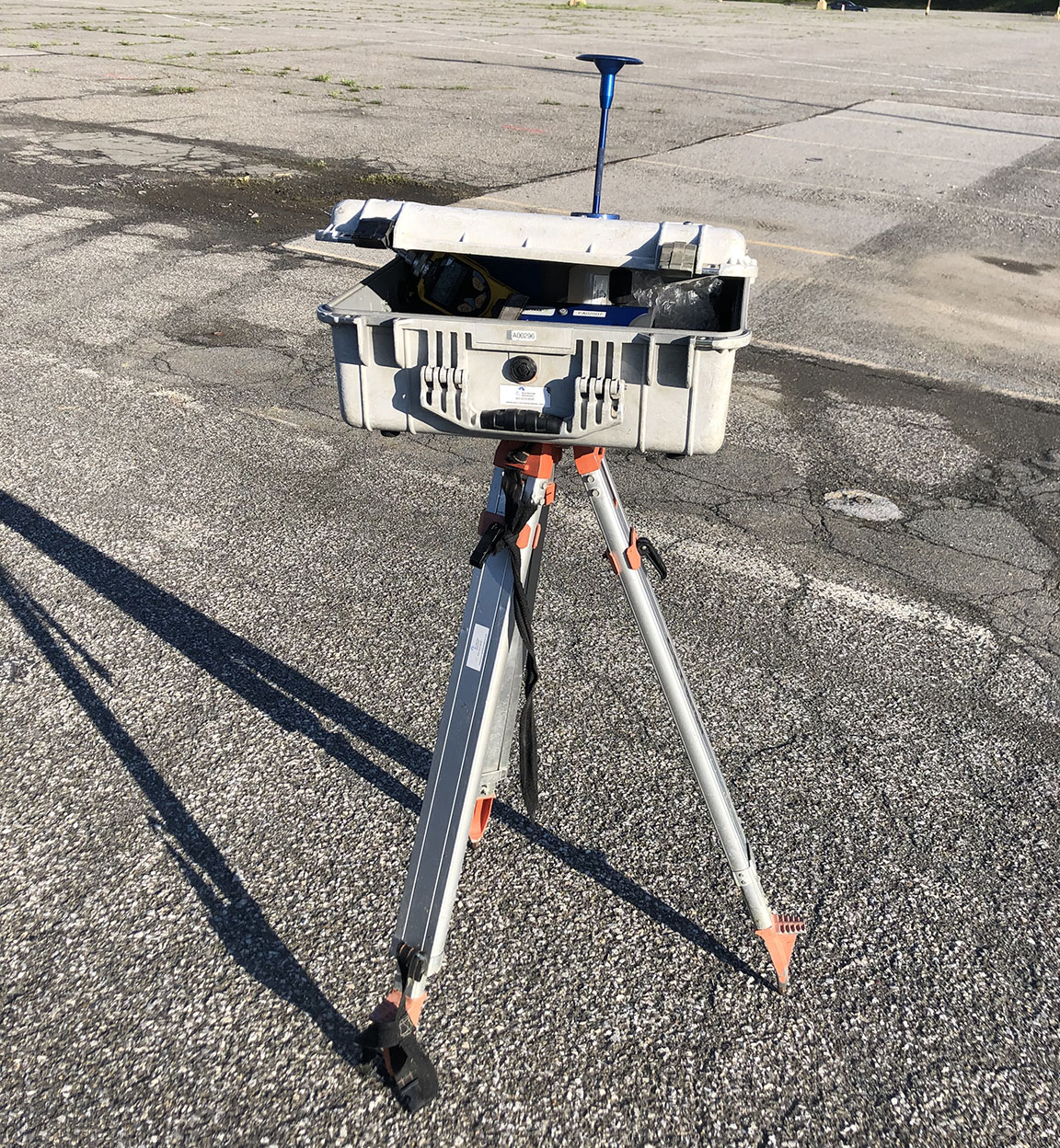What Is a Community Air Monitoring Program?
Community Air Monitoring Programs (CAMPs) are commonly required at construction, demolition, and other sites where volatile organic compounds (VOCs), dust, or other harmful airborne substances can potentially be released into the air. The monitoring of dust, vapors, and other fine particles is required at many job sites in densely populated areas and when project specifications call for monitoring and mitigation methods. It is also conducted at sites known or suspected to have contaminants in the soil, groundwater, or surface water.
CAMPs are commonly used at sites where excavation or demolition is occurring in order to protect both workers and residents in the community from excess levels of dust or contaminants (such as VOCs). Equipment such as photoionization detectors (PIDs) and DustTraks are used in order to monitor VOC and dust levels. If a site has a contaminant profile or if previous testing, such as soil sampling, has taken place, then this data will be used to determine what parameters the CAMP will measure.
Techniques such as proper ventilation, spraying water, and the use of industrial vacuums and filters can be used to control dust and VOC levels at sites. Additional measures workers can employ include using personal protective equipment (PPE) and respiratory protective equipment (RPE). These include equipment such as protective suits and respirators.
The New York State Department of Environmental Conservation (NYSDEC) Technical Guidance for Site Investigation and Remediation (DER-10) includes the New York State Department of Health (NYSDOH) Generic CAMP, which specifies standards in order to best protect workers and to protect those that live and work in the communities where these projects take place. This generic CAMP is often used as the starting point when developing site-specific air monitoring programs.
CAMPs include baseline air monitoring, which is conducted before construction or excavation/earth moving activities begin in order to establish background pre-work air quality conditions. CAMP action levels are set at certain concentrations above background levels. Depending on the CAMP air monitoring data measurements in comparison to the action levels, corrective action is taken as appropriate to reduce emissions to acceptable levels and maintain safe working conditions. In some cases, work is halted to control emissions and allow time for the mitigation measures to restore acceptable air quality.
CAMPs are one of several plans often implemented during construction and soil handling activities. Refer to Walden’s contractor services guide for additional information on environmental plans generally required at construction and remediation sites.
If you have questions or need air monitoring for your site, Walden is ready to help. Our experienced staff can develop and run air monitoring programs for your site, and provide assistance with other environmental programs during construction. Please call 516-701-1681 to speak to our environmental quality experts.

Read about Walden’s air services here, and download our contractor services guide here. Contact us at 516-701-1681 to discuss your air monitoring needs.
